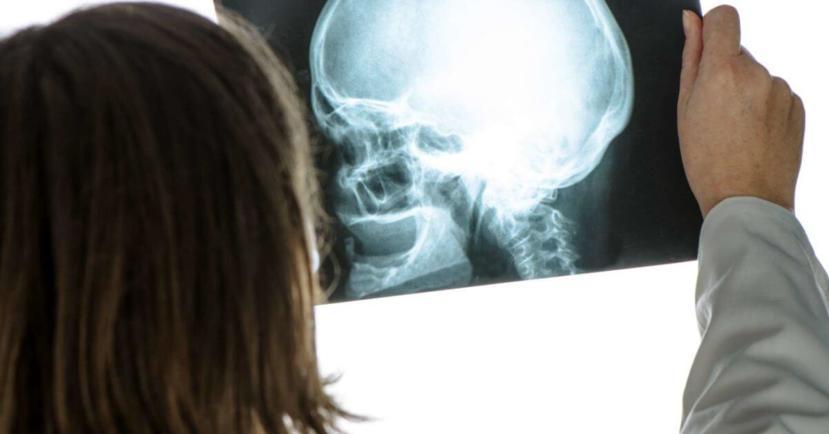Causes For Skull Fracture Injuries and How To Avoid Them

Dr. Alex Miller is a top physical therapist in New York, NY. With a passion for the field and an unwavering commitment to their specialty, Dr. Alex Miller is an expert in changing the lives of their patients for the better. Through their designated cause and expertise in the field, Dr. Alex Miller is a prime example of... more
A partial or complete break in the cranial bone is called a skull fracture. It is well-known among different types of traumatic brain injury. It has many types but only a single major cause, i.e. a direct blow to the headstrong enough to break or shatter the bone. Such a severe trauma may also cause injury to the brain, but it’s not necessary. Every case is unique, and every break needs thorough examination to determine its type and proper treatment.
A skull fracture is not easy to see or spot. However, its symptoms are easy to recognize, which include:
- Swelling around the area of impact or trauma
- Bleeding from the ears or nostrils
- Facial bruising
The treatment for a skull fracture depends on its severity and type. In mild cases of skull fractures, simply taking pain medicine may help resolve matters. However, more severe cases may require neurosurgery for proper treatment.
Main Types of Skull Fractures
The skull fractures vary depending on the force of the blow that inflicted said fracture, as well as the shape of the object and the location of impact. If the object is pointy, it is more likely to penetrate the skull. In contrast, a hard and blunt surface, like the ground, is likely to cause a break in the skull. There are different levels of injury and trauma associated with different types of skull fractures.
1. Closed skull fracture
This is the simplest kind of skull fracture in which the skin covering the fracture is not punctured or cut.
2. Open skull fracture
It is also called a compound fracture, and it occurs when the skin is broken through enough to make the bone visible.
3. Depressed skull fracture
This fracture causes an indentation in the skull, and the damage may extend into the brain cavity.
4. Basal fracture
It occurs due to damage in the skull floor, like the area around the eyes, nose, ears, or the top of the neck.
Other types
Following are two additional types of skull fractures;
- Linear fracture –which occurs when the break is in a straight line.
- Comminuted fracture –which occurs when the skull bone breaks into three or more parts.
Main Causes of Skull Fractures
A skull fracture generally occurs when a force powerful enough to break the bone impacts the skull, leading to a fracture. These are the leading causes behind such powerful impacts:
- Getting hit in the head with a heavy object, like a hammer, baseball bat, or a rock
- Falling on the ground and hitting your skull at the point of impact
- An automobile accident
- Physical assault or abuse
- Sports injury
How to Avoid Skull Fractures?
Skull fractures can be easily prevented or avoided with proper lifestyle changes and precautions. You can start with wearing protective headgear when driving a bike or participating in a sport. Make sure to take all the precautions when undertaking an activity that may cause harm to your skull such as construction work or mining.
What is the Outlook for Skull Fractures?
Most skull fractures are not too severe and heal on their own. Therefore, they do not need surgery as long as the injuries do not extend to other structures, especially the brain. However, if the skull fractures are too severe, they may need proper surgery and a strict treatment regime to get better.








